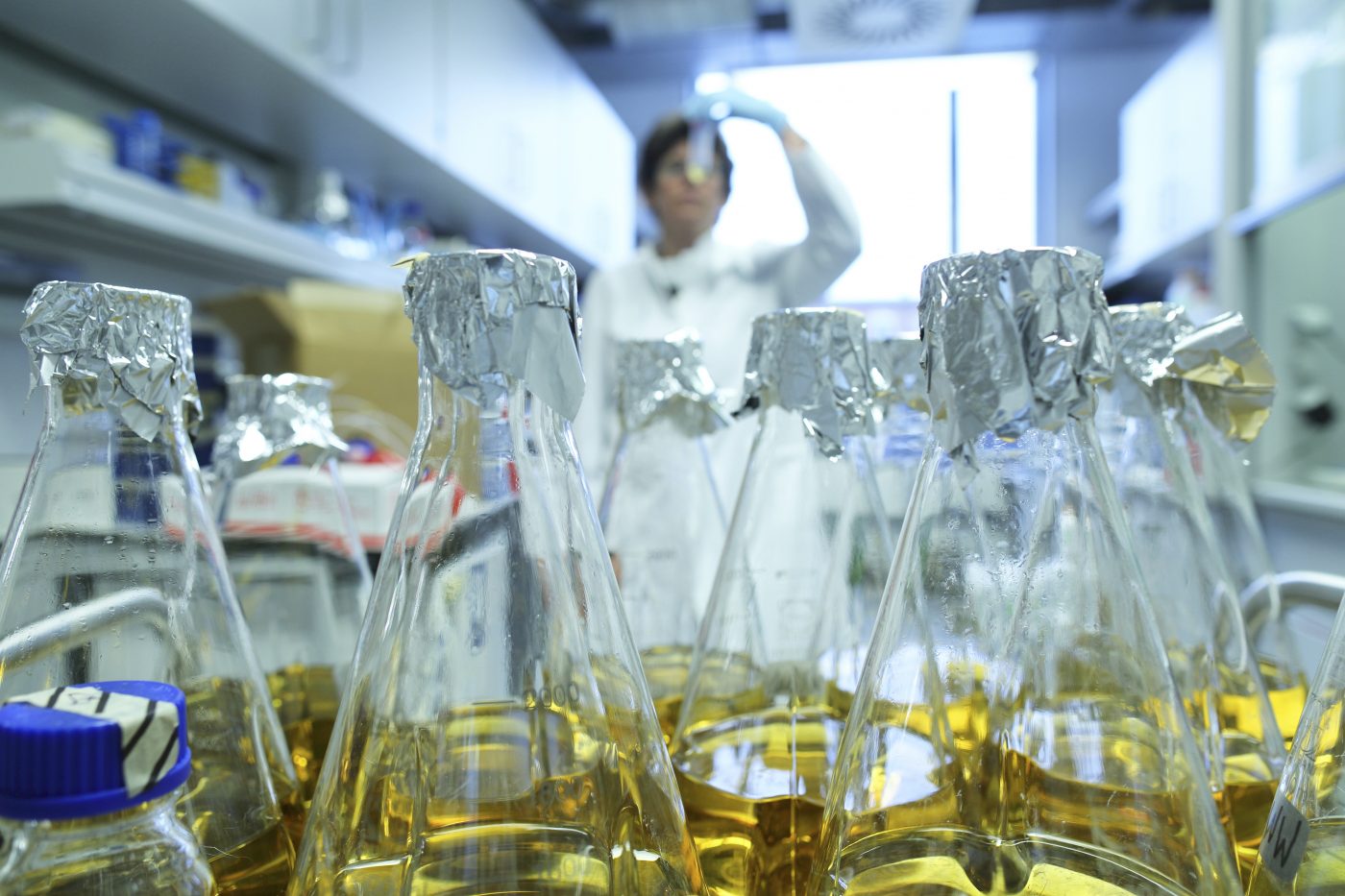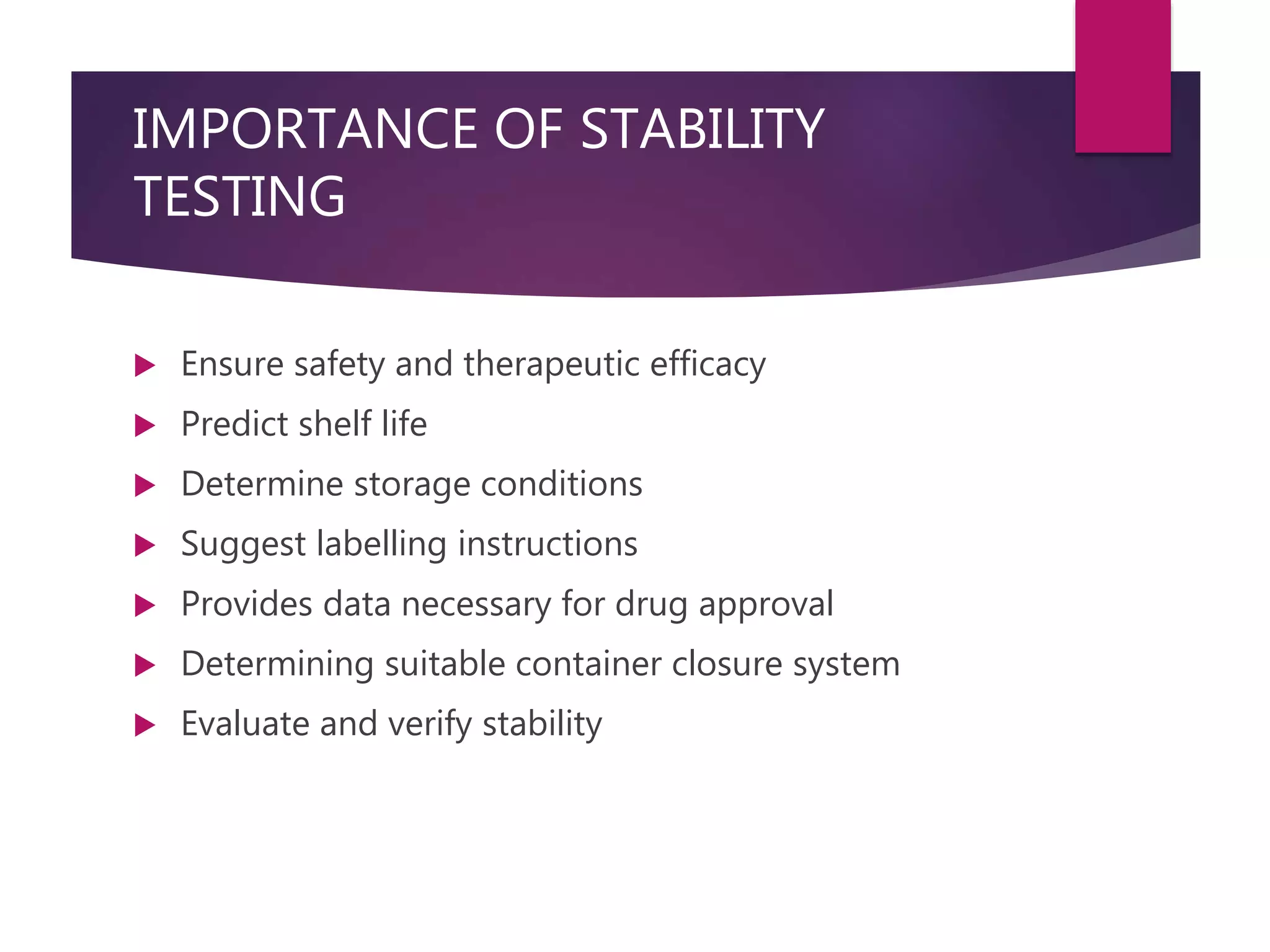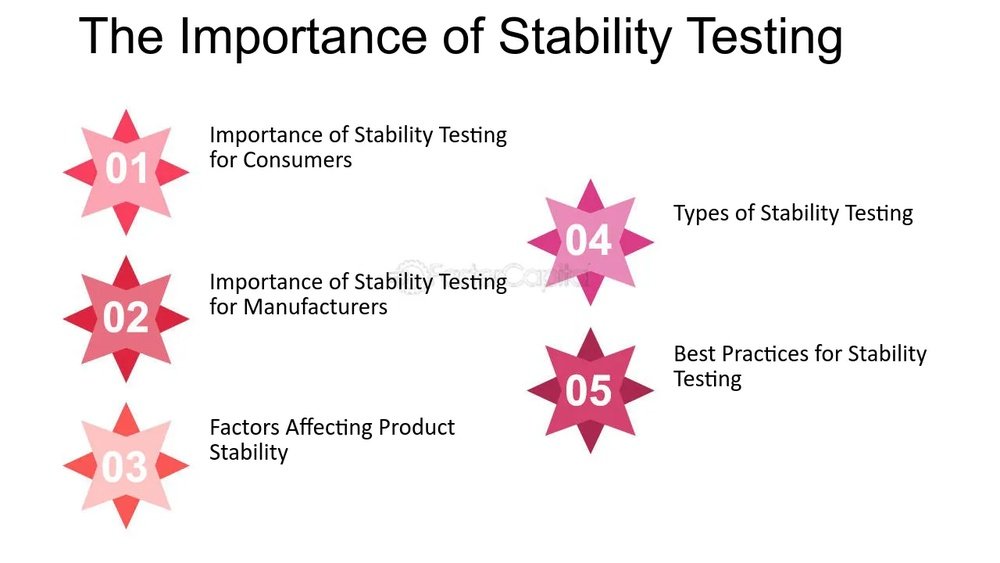You might think stability testing is just another step in the process, but it actually plays a crucial role in ensuring the safety and effectiveness of products you rely on every day. Whether it’s a medicine you take or software you use, stability testing helps guarantee that these products perform as expected over time.
Without it, you risk using something that could fail when you need it most. You’ll discover why stability testing matters, how it protects your health and investments, and why skipping it isn’t an option. Keep reading to learn how stability testing safeguards your trust in the products around you.
Role In Product Safety
Stability testing plays a critical role in product safety. It ensures that a product remains safe for use throughout its shelf life. This testing helps identify any changes that might make the product harmful or less effective. Safe products protect consumers and maintain trust in the brand.
Manufacturers must confirm that no harmful substances develop over time. Stability testing detects chemical or physical changes that could pose safety risks. This process reduces the chance of adverse reactions or product recalls.
Detecting Degradation And Contamination
Stability testing identifies signs of product breakdown. Degradation can cause toxic by-products to form. Testing also checks for contamination from packaging or storage conditions. Early detection prevents unsafe products from reaching customers.
Confirming Shelf Life And Storage Conditions
Proper shelf life information guides safe product use. Stability tests define how long a product stays safe and effective. They also recommend ideal storage conditions, such as temperature and humidity. Following these guidelines keeps products safe until use.
Ensuring Consistency In Product Quality
Consistency is vital for safety and effectiveness. Stability testing verifies that every batch meets safety standards. It ensures the product performs as expected over time. Reliable quality reduces health risks and supports regulatory approval.

Credit: www.genengnews.com
Maintaining Quality Over Time
Maintaining quality over time is essential for any product or system. Stability testing plays a key role in this process. It helps verify that products remain effective, safe, and reliable throughout their intended lifespan. Without proper stability testing, quality can degrade unnoticed, leading to failures and customer dissatisfaction.
By regularly assessing stability, companies can detect potential issues early. This ensures consistent performance and builds trust with users. Stability testing is not just a one-time check. It is an ongoing commitment to quality and safety.
Ensuring Product Safety And Effectiveness
Stability testing confirms that products keep their safety standards. It checks for changes in chemical composition or physical properties. This helps avoid harmful side effects or reduced effectiveness. For medicines and food, safety is critical. Stability testing ensures these products remain safe to use.
Extending Shelf Life With Confidence
Stability studies provide data to set accurate expiration dates. They show how long a product can maintain its quality. This prevents premature disposal or using expired products. Consumers and businesses can rely on these dates to manage inventory wisely. Clear shelf life information reduces waste and saves money.
Supporting Regulatory Compliance
Regulatory bodies require stability testing data for product approval. This testing proves that products meet strict quality standards. It also protects consumers from unsafe or ineffective products. Companies that perform stability testing face fewer regulatory hurdles. This speeds up the approval process and market entry.
Impact On Shelf Life
Stability testing shows how long a product stays safe and effective on the shelf. It helps predict shelf life by checking changes under different conditions. This ensures products remain reliable for consumers over time.
Understanding Shelf Life Through Stability Testing
Shelf life defines how long a product stays safe and effective. Stability testing reveals the product’s behavior over time. It predicts changes due to temperature, humidity, and light. This testing helps manufacturers set an accurate expiration date.
Preventing Product Degradation
Stability testing identifies when products start to degrade. Degradation can reduce effectiveness or cause harmful effects. Testing spots these changes early. It ensures consumers receive products that work as intended.
Ensuring Safety And Quality
Products must remain safe throughout their shelf life. Stability testing checks for harmful chemical or physical changes. It guarantees consistent quality from production to use. This protects both the manufacturer and the user.
Regulatory Compliance And Market Approval
Regulators require stability data for product approval. Testing provides proof that products meet safety standards. Without it, products may not reach the market. Stability testing supports legal and commercial success.

Credit: www.slideshare.net
Regulatory Requirements
Regulatory requirements play a vital role in stability testing. They set the standards that pharmaceutical products must meet. These regulations ensure products remain safe and effective throughout their shelf life.
Regulatory bodies demand thorough stability testing data. This data supports product approval and market release. Compliance with these rules avoids legal issues and recalls.
Compliance with International GuidelinesInternational agencies like the FDA and EMA provide clear stability testing guidelines. These rules help harmonize testing practices worldwide. Following them ensures product acceptance in multiple markets.
ICH guidelines, for example, detail testing conditions and timelines. They guide companies on how to demonstrate product stability. Adhering to these rules builds trust with regulators and consumers.
Documentation and Reporting StandardsRegulators require precise documentation of stability testing results. Reports must be clear, complete, and accurate. They show how products perform under different environmental conditions.
Proper documentation supports transparency and traceability. It helps in audits and inspections by regulatory authorities. Meeting these standards speeds up approval processes.
Impact on Product Approval and Market AccessRegulatory approval depends heavily on stability testing outcomes. Products failing stability criteria may face rejection or delays. Strong stability data enhances confidence in product quality.
Meeting regulatory requirements enables smooth market entry. It protects public health by ensuring safe and effective medicines. Stability testing is essential for ongoing product success.
Testing Methods And Protocols
Testing methods and protocols are the backbone of stability testing. They define how tests are planned and carried out. Clear protocols help maintain consistency and reliability in results. Proper methods ensure the product’s quality remains intact over time.
Stability testing protocols include specific conditions and timelines. These guide the process and help meet regulatory standards. Following these protocols reduces errors and improves data accuracy.
Accelerated Testing
Accelerated testing speeds up the testing process. It uses higher temperatures and humidity levels. This method predicts product stability in a shorter time. It helps identify potential problems early.
Long-term Testing
Long-term testing monitors products under normal storage conditions. It provides real-time data on product shelf life. This method confirms the product’s safety and effectiveness. It is essential for final product approval.
Stress Testing
Stress testing exposes products to extreme conditions. It tests how products handle factors like light, heat, and moisture. This method reveals weak points in product stability. It helps improve formulation and packaging.
Testing Protocols
Testing protocols outline steps and criteria for stability tests. They include sample preparation, testing intervals, and analysis methods. Protocols ensure all tests are done uniformly. This consistency supports regulatory compliance and product trust.

Credit: fastercapital.com
Frequently Asked Questions
What Is The Purpose Of Stability Analysis?
Stability analysis evaluates a system’s ability to remain steady under disturbances. It ensures safety, reliability, and consistent performance over time.
What Is Stability Testing In Qa?
Stability testing in QA verifies software performance over time under normal and peak conditions. It ensures reliability without failures during extended use.
Why Is Stability Important In The Pharmaceutical Industry?
Stability ensures drugs remain safe, effective, and high-quality throughout their shelf life. It prevents loss of potency and harmful degradation.
What Is The Purpose Of The Stability Protocol?
The stability protocol ensures a pharmaceutical product maintains quality, safety, and efficacy throughout its shelf life. It guides testing conditions and duration.
What Is Stability Testing In Pharmaceuticals?
Stability testing checks how a drug’s quality and effectiveness hold up over time under different conditions.
Why Is Stability Testing Crucial For Drug Safety?
It ensures medicines remain safe and effective throughout their shelf life, protecting patients from harm.
How Does Stability Testing Affect Drug Shelf Life?
It helps determine how long a drug can be stored without losing quality or potency.
Conclusion
Stability testing plays a key role in product quality and safety. It ensures products work well during their shelf life. Without it, risks of failure and harm increase. This testing protects consumers and supports regulatory approval. Companies save costs by avoiding recalls and complaints.
Clear stability data builds trust with users and partners. Overall, stability testing strengthens product reliability and market success. It remains a crucial step in development and manufacturing.
 Skip to content
Skip to content 